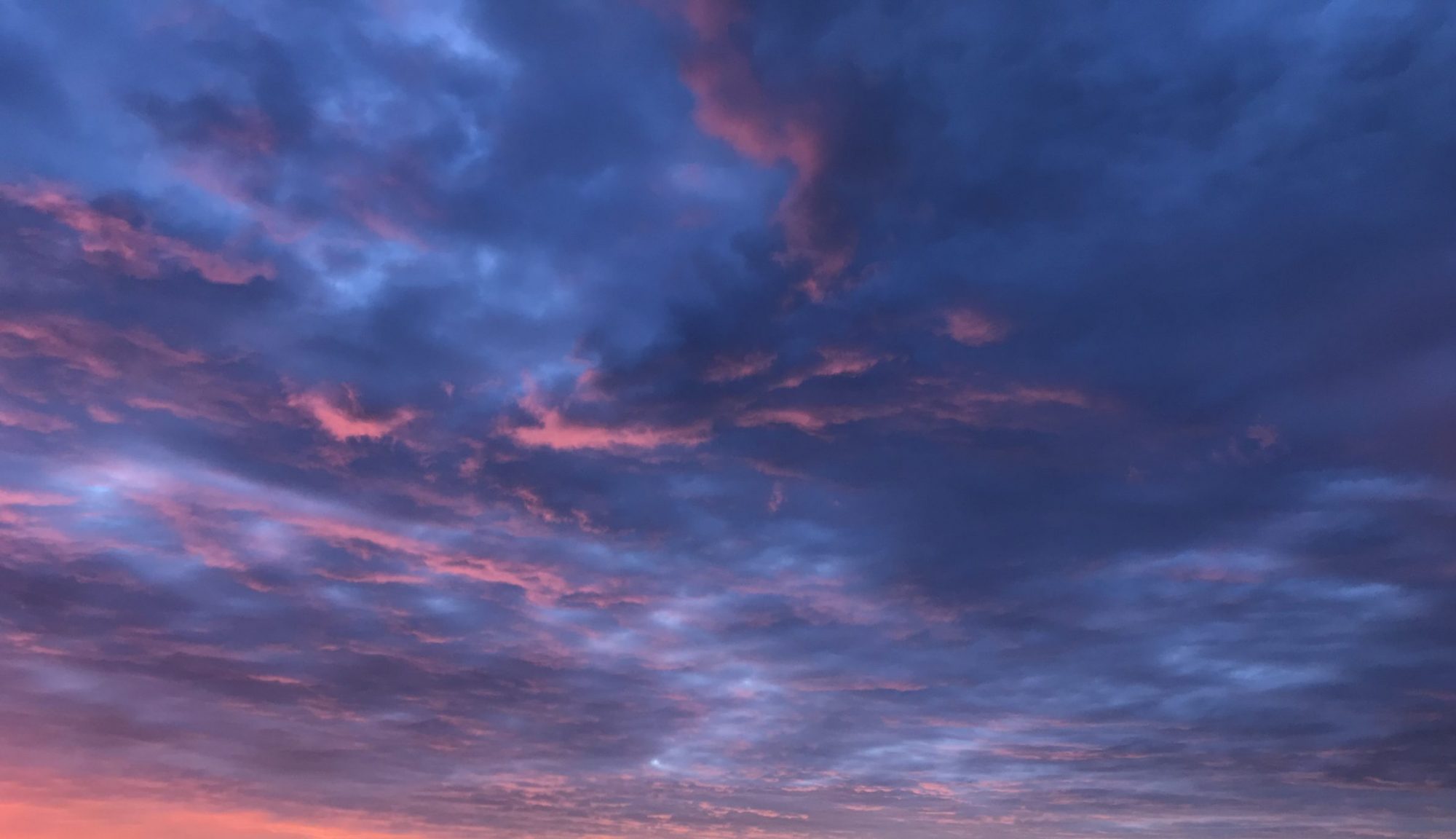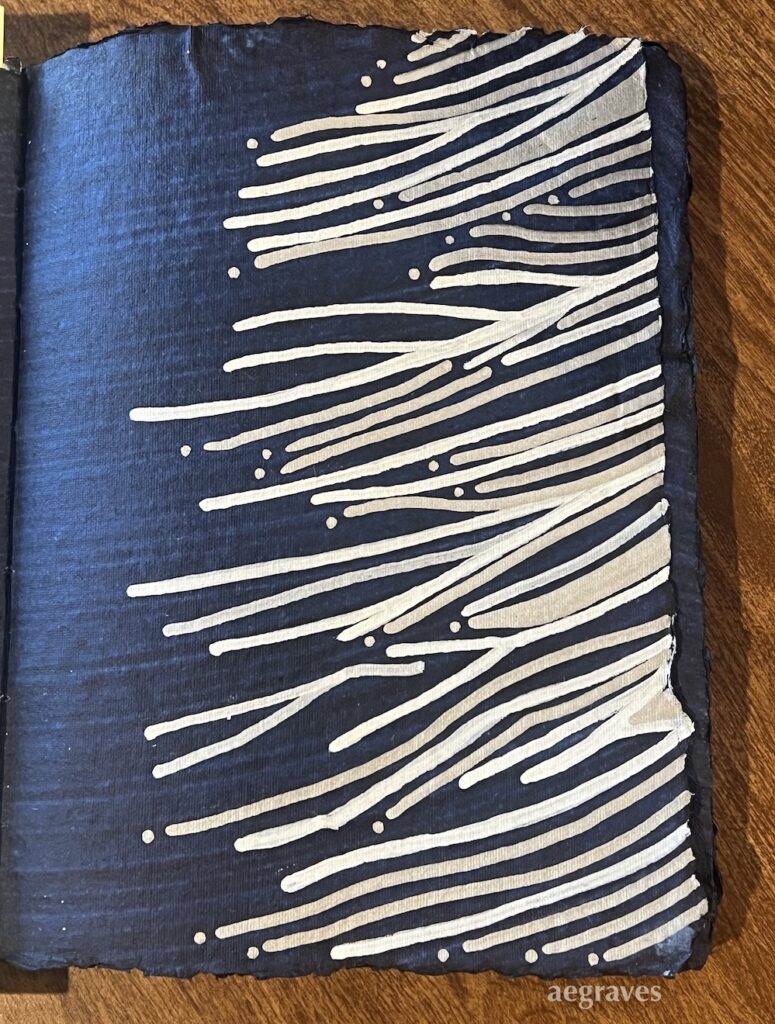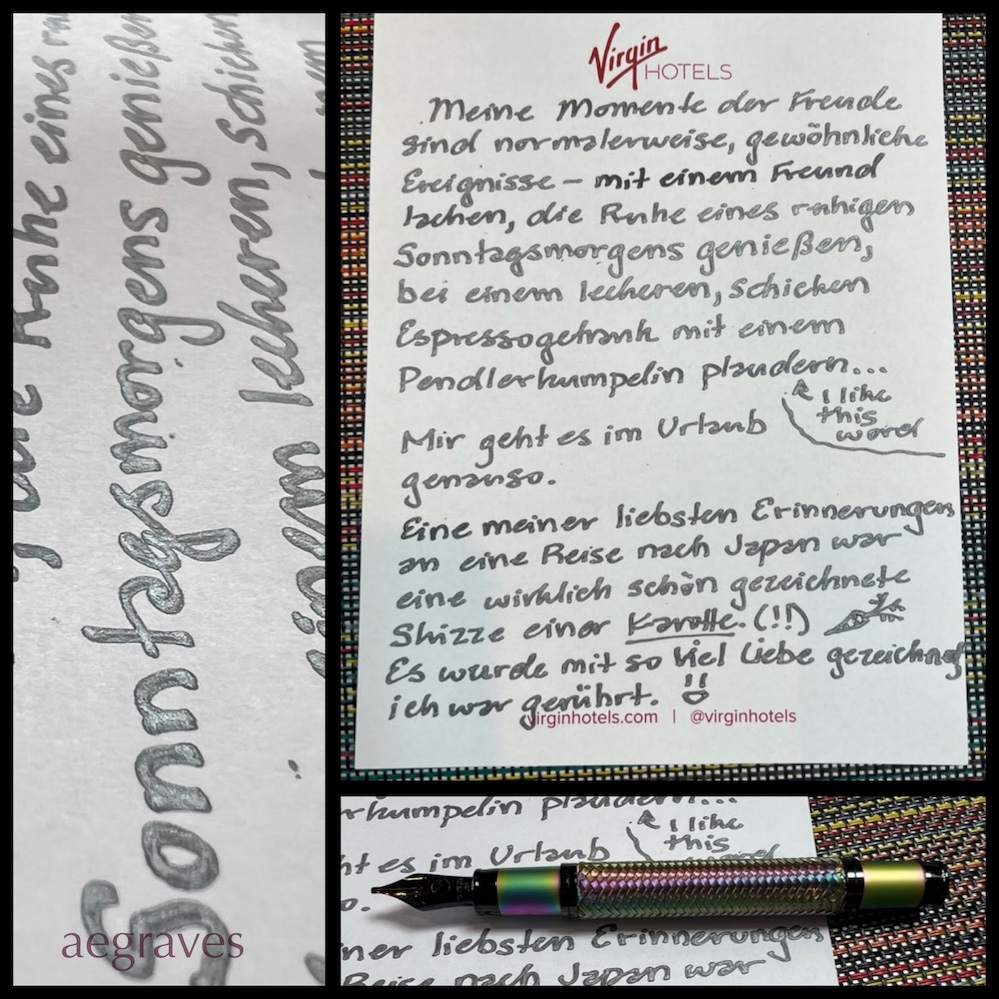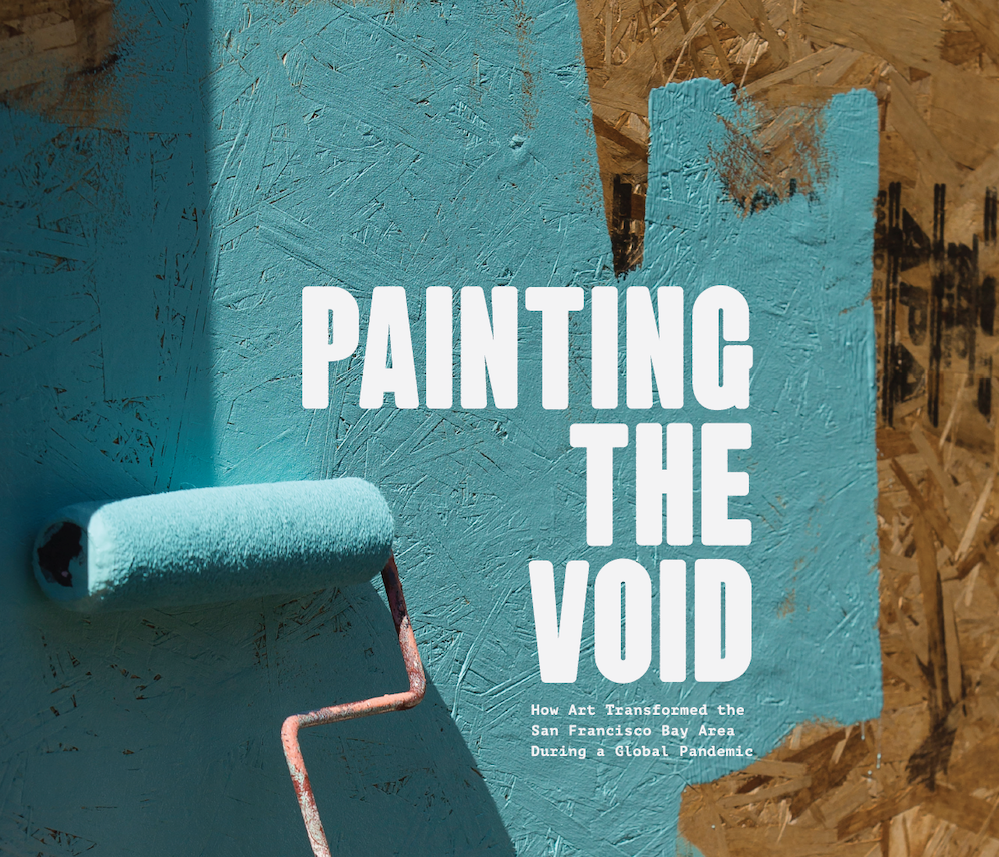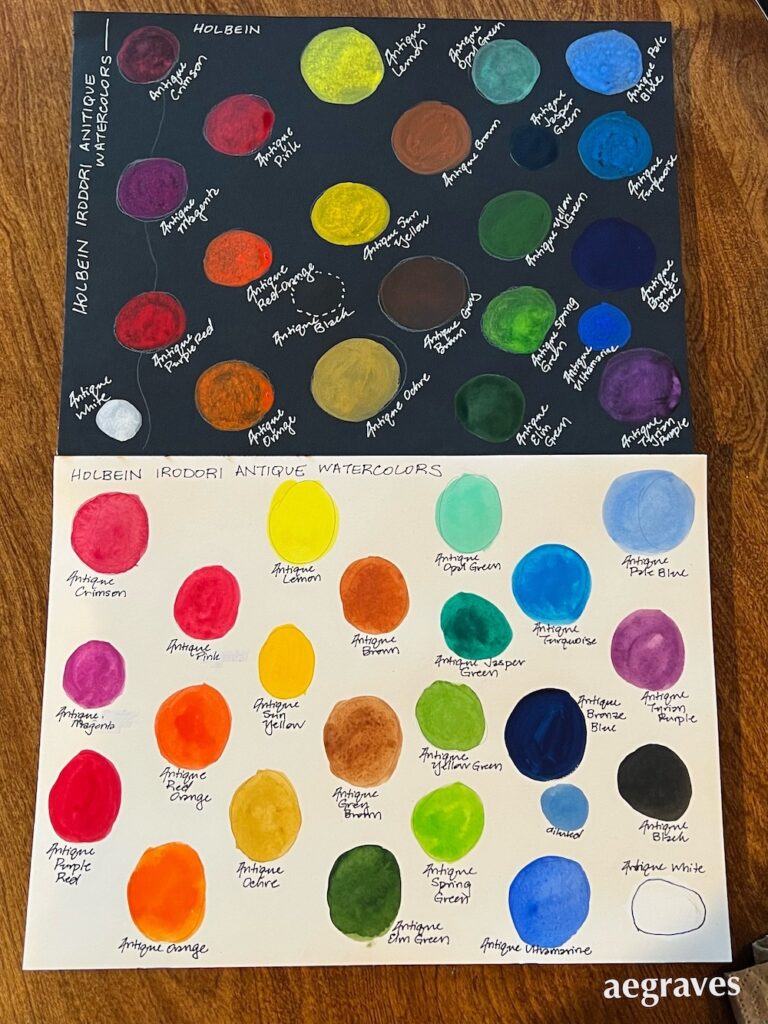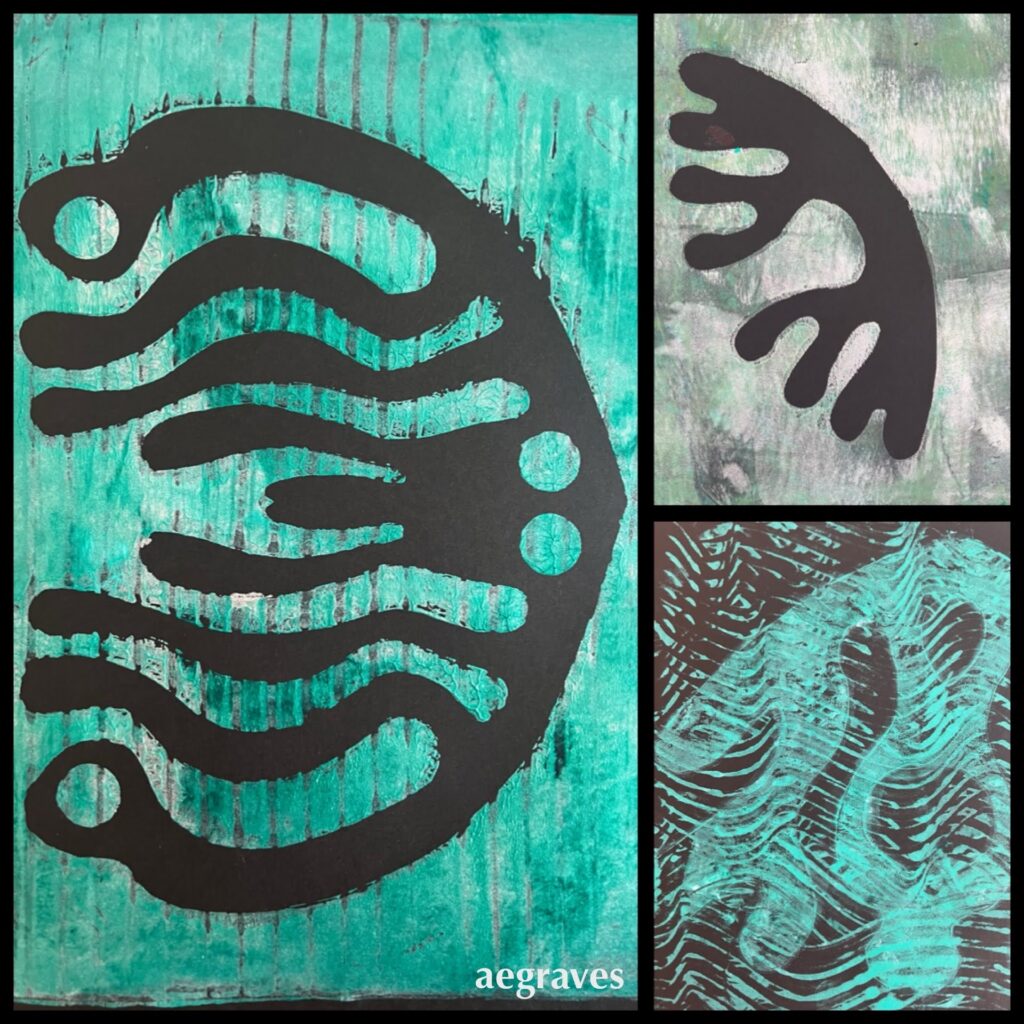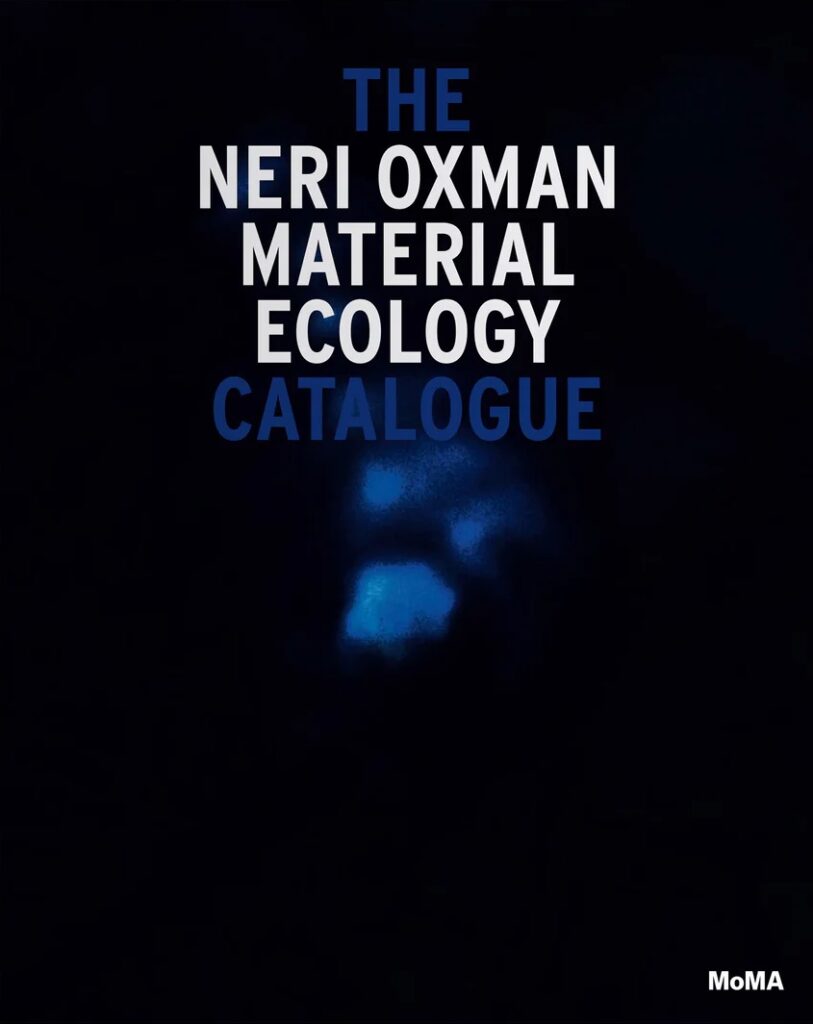
I wrote to my cousin about the fabulous Amy Sherald painting show at SFMoMA, and sent along the little collage of favorite impressions (link to my phone photo blog, above).
He wrote back, “!!! It’s like we viewed two different exhibits!?”
This raises a point I’ve failed to explain to friends. I’ll try to explain it here:
There is what things look like. This is often what we are trying to discover. Photography can capture this in great detail, and this is considered one of photography’s great strengths.
There is what things look like photographed, which is different than just how they look in real life. Yes, photos are representative, but a 1/1000th of a second image of you is just what you looked like during that fraction of a second – there is much that photo doesn’t capture. Depending on the weather, the season, the time of day, the tools you are using to take photograph, the resulting image is unlikely to match what you would see in person. It could be some tint of the sky, it could be film that records in black and white, it could be some other modification to color (through filters / film sensitivity / sensor range), or the fact that the image is recorded in a wavelength of light you can’t see naturally, and so on. This is also different than how something feels, or how it looks when it is moving.
There is what things look like photographed by specific artists. Artists are collecting and editing, which is an active intervention, active selection of timing / angle / light. Even documentary photography reveals the specific concerns of an artist, and carries their style and approach. (Berenice Abbott influences much of my thinking on this.)
And within that last category is of the subject: what the artist chooses to photograph. It’s not that my cousin didn’t go to this show: it’s that he didn’t look at the art the same way I looked at it. And by viewing my collage, he sees what I thought was important. He can see directly through my photos what was most interesting TO ME.
THIS is what I want to see from my friends. You’ve been to Japan? Great! So have I. I don’t want to see what Japan looks like GENERALLY, I want to see what you specifically found interesting about Japan. (This is a completely different subset of images from informational or commercial ones.)
Do you see what I’m getting at?
Perhaps your first visit to a new place doesn’t provide the best example, because you might just photograph everything that feels different from home, and that might not reflect your longer term interests. What interests you on a second or third visit might be quite different. And that’s what I want to see. You might achieve this on a first visit, if you are looking at the world with your own priorities in mind.
Yes, social media is training people to only photograph themselves with the location being secondary. I get it. That’s fine, but once those obligatory images are out of the way, barring the need for proof of an alibi for a crime, you can show show me what really interested you beyond backdrops.
So, yes: my cousin and I went to the same show, and came away with very different impressions. And now he understands my view. He’s at another show, and when I see photos from that, photos which will NOT be a catalog of the show but rather pieces that interested him the most, I’ll understand even more deeply what he likes.
Photography can deliver this type of insights into specific, individual preferences, if we choose to let it.
